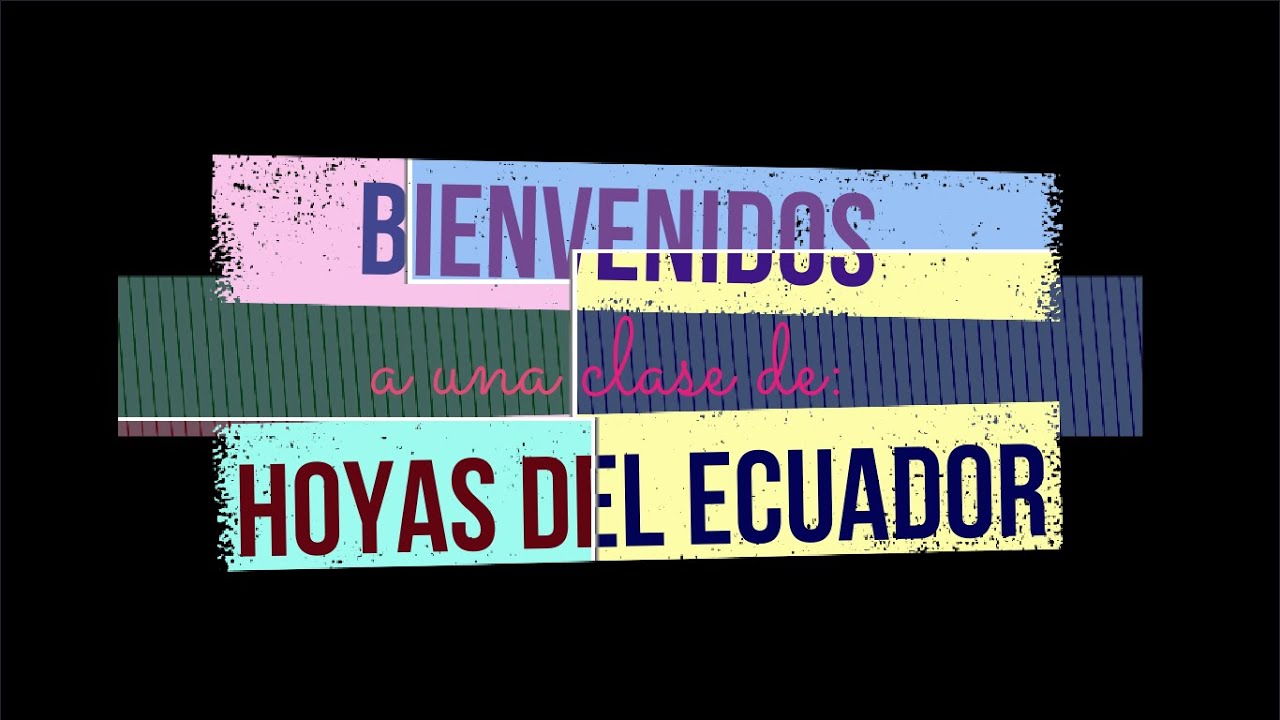Sinfónica Andina Infantil de Ayora (parte 1 de 2)
Summary
TLDRThis video highlights the Andean Symphony Orchestra's educational and social impact in Ecuador, specifically in the Ayora region. It focuses on the multicultural and human development aspects of the project, involving children from 17 indigenous communities. The initiative aims to revive and preserve local cultural heritage, including music, traditional clothing, and the Quichua language, which are being overshadowed by outside influences. The children, ages 6 to 12, are learning music while fostering solidarity and forming a close-knit, supportive community. The orchestra, which started in 2001, plays a key role in empowering the youth and celebrating indigenous culture.
Takeaways
- 😀 Ecuador is a member of the Andrés Bello agreement, located north of Quito, near the Cayambe volcano.
- 😀 The project supported by the agreement is not solely musical but also focuses on social development, with various components.
- 😀 One of the key components is multiculturalism, aimed at involving children from 17 different communities.
- 😀 Children in the project benefit from opportunities to develop both musically and socially, fostering solidarity and human connection.
- 😀 The project encourages children to form bonds and a sense of unity, as they see themselves as part of a single family.
- 😀 Children who previously spent time with animals or alone now engage with others, playing and conversing together.
- 😀 The goal of the project is to preserve and project the region's musical heritage and cultural identity, especially through traditional clothing and the Quichua language.
- 😀 The project is located in a multicultural area with a blend of cultures, influenced by immigration and economic development.
- 😀 The younger generation has started to embrace traditional Quichua clothing and music, as well as learn the Quichua language.
- 😀 The 'La Saya' orchestra, formed in March 2001, involves 100 children aged 6-12 from 17 indigenous communities in the northern Andes of Ecuador.
Q & A
What is the significance of the project mentioned in the transcript?
-The project is focused on the social development of children from 17 communities. It combines musical training with human solidarity, helping children grow in an environment of shared goals and mutual support.
How does the project contribute to the children's development?
-It contributes by offering not only technical musical training but also fostering solidarity, social skills, and the development of a sense of community among the children.
What is the primary cultural aspect emphasized in the project?
-The project emphasizes the preservation and revitalization of the local musical and cultural heritage, particularly the traditional attire, music, and the indigenous language, Quichua.
What role do the communities play in the project?
-The communities are integral as the children involved in the project come from 17 different indigenous communities. The project involves the participation of families, fostering a sense of unity and community development.
What is the age range of children participating in the project?
-Children between the ages of 6 and 12 are involved in the project, which includes 100 children in total.
How does the project impact the children's social life?
-The children not only learn music but also interact in a supportive, family-like environment. They are encouraged to play, converse, and bond, which strengthens their social relationships.
What has been lost in the community due to external cultural influences?
-The local community has seen a decline in the use of traditional clothing, music, and the Quichua language, as external cultural influences have gradually diminished these aspects of their heritage.
How is the project working to preserve the local culture?
-The project aims to revive and preserve the local traditions by encouraging the children to wear traditional clothing, speak Quichua, and learn to play indigenous instruments, ensuring these cultural elements are maintained and passed on.
What is the significance of the traditional attire mentioned in the script?
-The traditional attire is not only a symbol of cultural identity but is also used as part of the project’s uniforms, reinforcing the children's connection to their heritage and culture.
What is the geographical location of Ayora, and how does it relate to the project?
-Ayora is located at 2900 meters above sea level in the northern Andes of Ecuador. The project brings together children from various indigenous communities in this mountainous region, highlighting the local culture and heritage.
Outlines

This section is available to paid users only. Please upgrade to access this part.
Upgrade NowMindmap

This section is available to paid users only. Please upgrade to access this part.
Upgrade NowKeywords

This section is available to paid users only. Please upgrade to access this part.
Upgrade NowHighlights

This section is available to paid users only. Please upgrade to access this part.
Upgrade NowTranscripts

This section is available to paid users only. Please upgrade to access this part.
Upgrade Now5.0 / 5 (0 votes)





